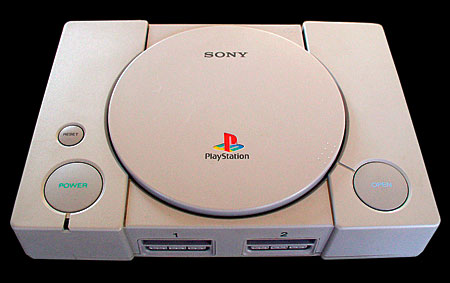There were noticeable differences between them using my headphones and the headphone jacks on the players - BUT - the primary difference was probably the HP Amp circuit, and how well it mated with my headphones rather than the CD player itself.
This is true. When I too got 'serious' about listening to 'differences' in CD players, I initially went the path of the matched level headphone outputs, but quickly realised the differences were the headphone stages and their drive abilities, plus the time taken to plug/unplug.
Then went to level adjustment on the players themselves, but the good ones used analogue level and the bad ones used digital attenuation (usually audible distortion at high levels of attenuation as they were just chucking bits out).
Variable analog attenuation made the output impedances variable and introduced audible differences into normal preamps. High input impedance preamplifiers helped, but it wasn't until I hooked up an array of CD players to one of my older but high performance preamplifiers, one that has active buffering on every line input and a THD and noise well below that of CD players did the playing field become truly level.
No matter what I tried in the past and now more recently with older ears, could I reliably detect differences between matched level CD players, outputing commercial and identical discs, played in real time on either loudspeakers of various types or headphones. The only cues were non musical and only could be heard during cue-up, pause and lead-in before the music started and only if you wound the levels up to ridiculous. You may hear a tiny electrical disturbance from servo currents or a super low level mute click that was different in one player to another.
I used mainly Sony players of various vintages and line-up hierarchy because their remote codes have remained constant and a single remote can operate all sync'd players instantly. The same was done with Pioneer and Yamaha as I have plenty of those brand players too.
I've confirmed to my satisfaction that original 1st generation Sony CDP-101s that are performing well (I've got 3+2), perform exactly the same as they did in 1982. I have several other 1st gen machines, including a few Akai CD-D1s (Kyocera OEM), various Philips and I've compared my tests (using the same test discs) produce essentially the same numbers as the early technical reviews.
Attempting to 'prove' CD players sound alike or different to one another is fraught. Because you have to capture the output at some point, digitize and distribute those files for others to 'critique'. If you use commercial* music, people will say it's not revealing enough or they will run the files through a DAW and look for differences and claim that 'proves' players don't sound the same- yet they didn't listen- their software did...
And if you use test signals, I can guarantee you, most ASR 'experts' will analyse the files first and listen later, only to confirm their 'findings'. Tiny level differences, well below audibility can be detected in software. Even microvolt differences between channels on otherwise level matched players is enough to provide a 'difference' people would home in on.
Or they will claim the A/D conversion is not 'transparent' enough to show the differences they supposedly can hear.
*And you have issue of distributing copyrighted content.

